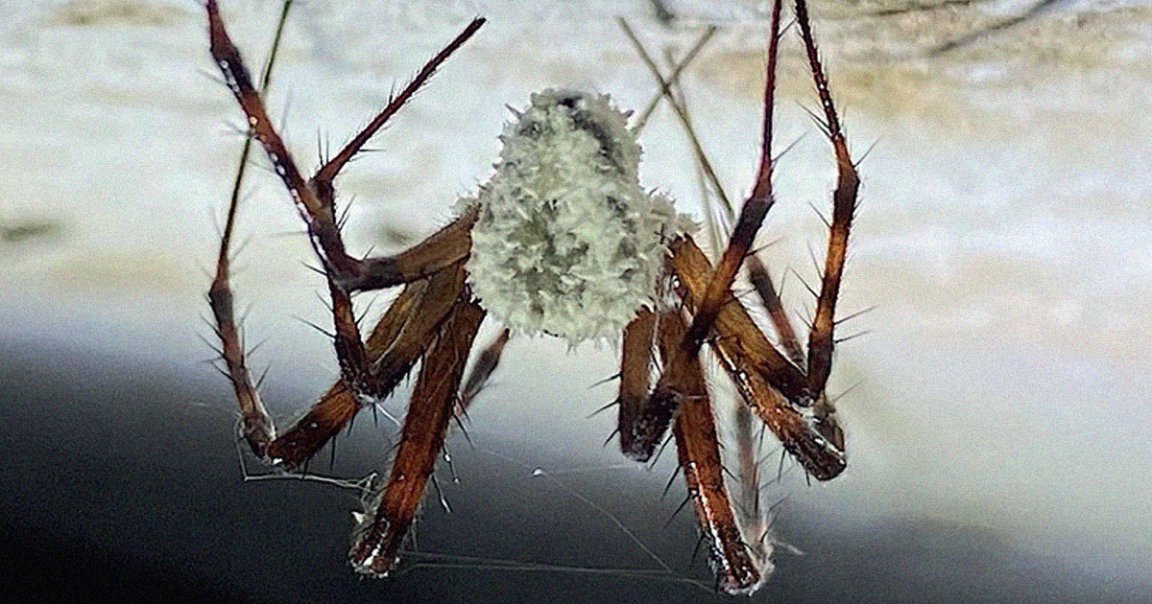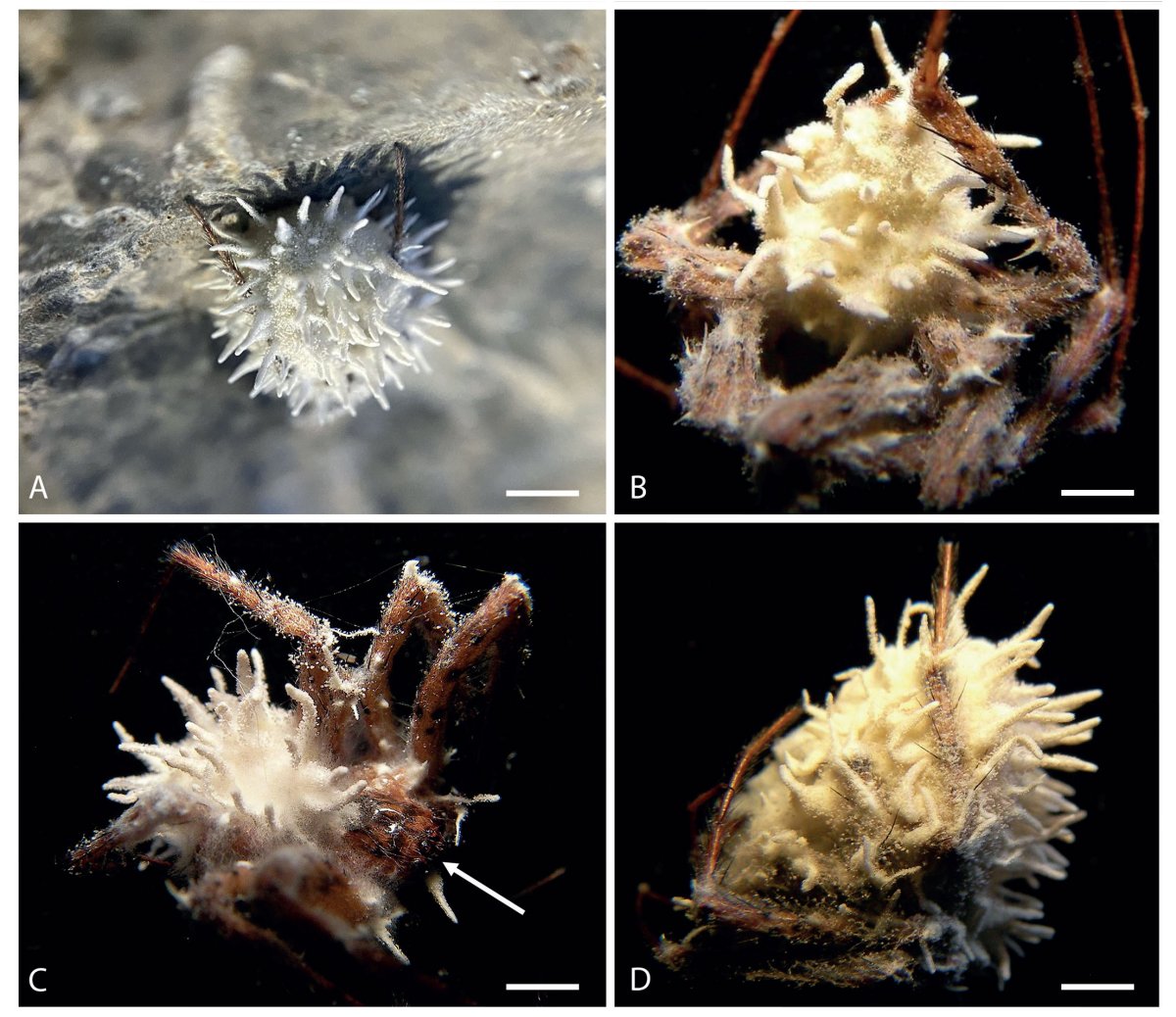
Zombie Spiders
While filming a TV documentary inside an old Victorian gunpowder store in Northern Ireland, scientists made an intriguing discovery: cave spider “zombies” that were infected by a “Last of Us”-like fungus.
In a study published last month in the journal Fungal Systematics and Evolution, as spotted by Live Science, scientists detailed the discovery of a “novel species” of fungus that infects “cave-dwelling, orb-weaving spiders,” called Gibellula attenboroughii — a name in honor of British biologist and natural historian David Attenborough.
The scientists concluded that the “infected spiders exhibit behavioral changes similar to those reported for zombie ants,” referring to an insect-pathogenic fungus that forces infected ants to leave their canopy nests and head to areas that are more suitable for fungal growth.
The way G. attenboroughii spreads is just as chill-inducing. The study authors suggest the fungus forces the infected spiders to crawl to more open areas where air currents can then disperse the spores — a fascinating new discovery fit for a dystopian TV series.

Assuming Control
Study lead author and Center for Agriculture and Bioscience International researcher Harry Evans told Live Science that the spores penetrate the spider to infect the insect’s equivalent of blood, compelling it to find open space. Then, a neurotoxin kills the spider once it reaches a spot in the open. An antimicrobial substance also preserves the corpse, allowing the fungus to absorb its nutrients.
The cycle then repeats with the fungus growing long — and terrifying-looking — structures out of the spider’s body.

Despite the frightening optics, Evans told Live Science the substances the fungus produces could be a “medical treasure chest” with a range of possible applications in human medicine, including antibiotics.
More generally, the discovery highlights how much there’s still to cover in the wild world of “zombie” fungi.
“There’s a lot more fungi to find,” Evans told Live Science. “The fungal kingdom could be up to 10, 20 million species, making it the biggest kingdom by far, but only one percent have been described.”
More on fungi: Obscure Fungus Shows Signs of Rudimentary Intelligence